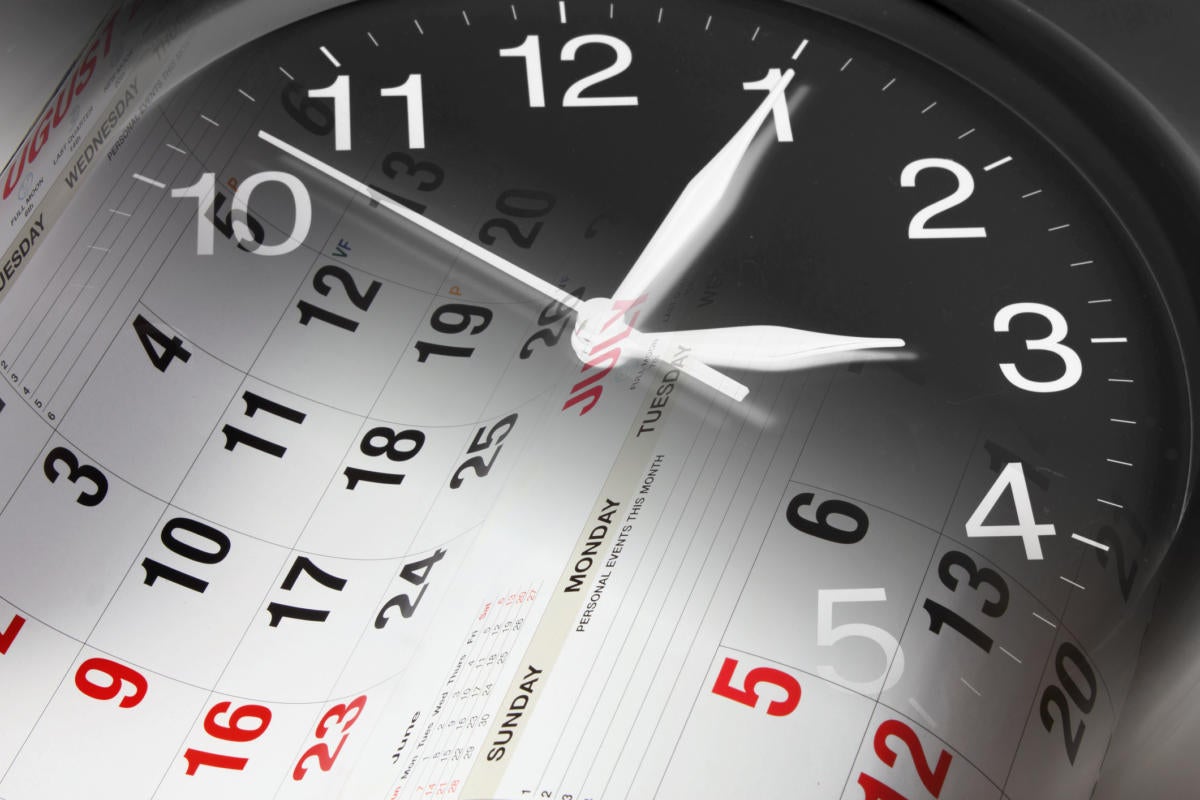
Microsoft’s shift to Windows-as-a-service (WaaS) for Windows 10 crafted a repetitive, predictable schedule of version release and support expiration dates for Windows 10.
Although consumers can essentially ignore any schedule – Microsoft decides when their devices are upgraded – business customers and their IT personnel should be marking the calendar with the important upcoming events.
To keep up with 10’s WaaS schedule, pencil in these dates.
 IDG/Gregg Keizer
IDG/Gregg KeizerContents
Feb. 15, 2018
Microsoft will announce that 1709has been sufficiently tested and patched that commercial customers can begin broadly deploying the feature upgrade to all managed Windows 10 devices around this date.
Under a now-obsolete scheme and phraseology, Microsoft more officially promoted Current Branch, a release given to consumers, to Current Branch for Business, about four months after the former’s launch. (The four-month stretch of Current Branch only was designed to gather feedback, identify bugs and then patch them.)
While the terminology has changed, Microsoft has said it will continue declaring a ready-for-business milepost for each edition.
When it does, corporate customers running Windows 10 Pro or Windows 10 Enterprise will start to see 1709 downloading and installing on devices that rely on Windows Update for Business (WUfB) for feature upgrade delivery.
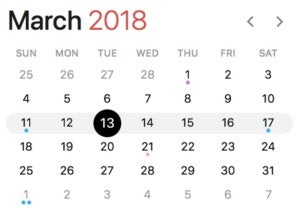 IDG/Gregg Keizer
IDG/Gregg KeizerMarch 13, 2018
Windows 10 1803 – the first Semi-Annual Channel release for the year – debuts on this date or soon after. Because the Oct. 17, 2017, launch of 1709, aka Fall Creators Update, was more than a month later than anticipated by Microsoft’s professed plan, the date for 1803 will tell us which the company sticks to more tightly: the every-six-month schedule or the March and September roll-outs.
Also on or soon after this date, Microsoft will retire Windows 10 1607, the mid-2016 feature upgrade dubbed Anniversary Update. Customers running 1607 must migrate to a new version — 1703 or 1709 – by this date to continue receiving security updates.
[ To comment on this story, visit Computerworld’s Facebook page. ]
July 16, 2018
On or shortly after this date Microsoft will proclaim 1803 as suitable for broad deployment across the enterprise. The March update will begin reaching Windows 10 Pro and Windows 10 Enterprise PCs that use Windows Update for Business (WUfB) to download and install feature upgrades.
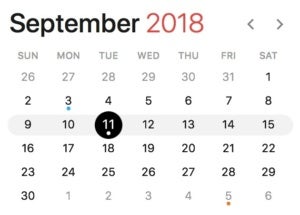 IDG/Gregg Keizer
IDG/Gregg KeizerSept. 11, 2018
Windows 10 1809 – the second and final Semi-Annual Channel release for the year – rolls out on this date or soon after.
Also on or after this date, Microsoft will retire Windows 10 1703, the early-2017 feature upgrade labeled Creators Update. Customers running 1703 must migrate to a new version – 1709 or 1803 – by this date to continue receiving security updates.
Jan. 15, 2019
Between this date and the end of the month, Microsoft will declare 1809as thoroughly tested by consumers, and thus, ready for wide deployment throughout the enterprise. The September update will start appearing on Windows 10 Pro and Windows 10 Enterprise PCs that rely on Windows Update for Business (WUfB).
 IDG/Gregg Keizer
IDG/Gregg KeizerMarch 12, 2019
Windows 10 1903 launches on this date or soon after.
April 17, 2019
Around this date, Microsoft will remove Windows 10 1709, aka 2017’s Fall Creators Update, from the support list, halting all security and non-security updates to devices running that version.
At least, that’s Computerworld‘s assumption based on Microsoft’s latest comments.
“The release of the Windows 10 Fall Creators Update (version 1709) on October 17 marks the start of the Semi-Annual Channel and starts the 18-month servicing timeline,” John Cable, who leads the Windows servicing and delivery group, wrote in a post to a company blog Monday, referring to the length of time the firm has pledged to support each feature upgrade.
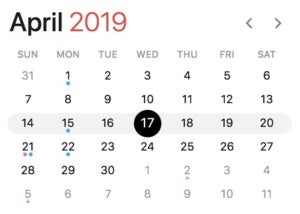 IDG/Gregg Keizer
IDG/Gregg KeizerEighteen months from Oct. 17, 2017 would be April 17, 2019.
Cable’s words, however, were contradicted elsewhere by the company. On a fact sheet listing Microsoft’s support deadlines, the company slotted Tentatively March 2019 as the end of support for 1709. If actually used, that date would truncate support to 17 months.
Depending on where Microsoft bends, it will signal what is non-negotiable in Windows 10: each version’s support lifetime or its launch date.
July 15, 2019
Around this date, Microsoft will notify customers – on a post to a company blog – that Windows 10 1903 is stable enough to deploy to all corporate PCs, and will simultaneously begin seeding Windows 10 Pro and Windows 10 Enterprise PCs with the upgrade via Windows Update for Business (WUfB).
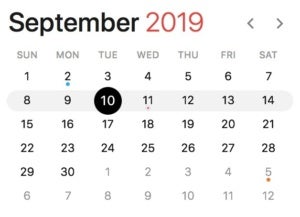 IDG/Gregg Keizer
IDG/Gregg KeizerSept. 10, 2019
Windows 10 1909 launches on this date or shortly thereafter.
Also on or around this date, Microsoft will retire Windows 10 1803. Customers running 1803 must upgrade to version 1809 or 1903 by this date to continue receiving security patches and non-security bug fixes.
Jan. 14, 2020
Microsoft will retire Windows 7 from support, marking the general deadline for enterprises to replace that venerable operating system with Windows 10 in nearly all instances.
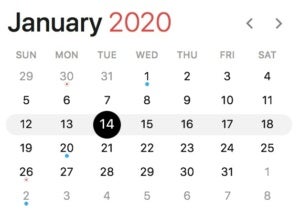 IDG/Gregg Keizer
IDG/Gregg KeizerThere will undoubtedly be laggards – as there were when Windows XP got the axe in April 2014 – and some companies will likely pay to extend support, assuming Microsoft offers what it calls “Premium Assurance” for Windows 7. (Currently, Premium Assurance is limited to Windows Server and SQL Server licenses.)

